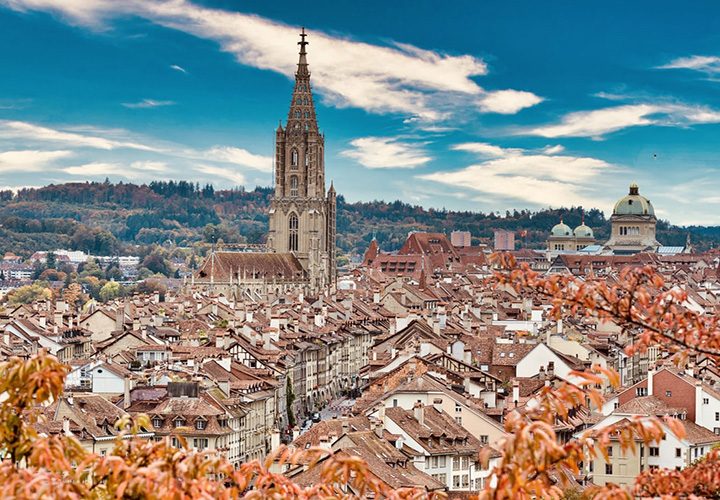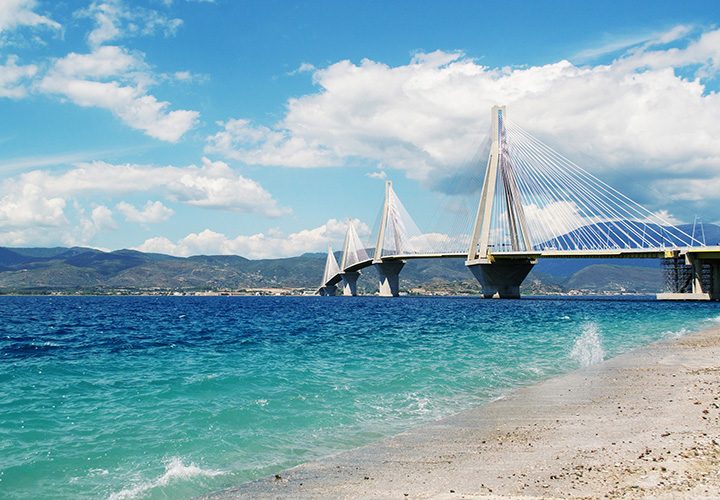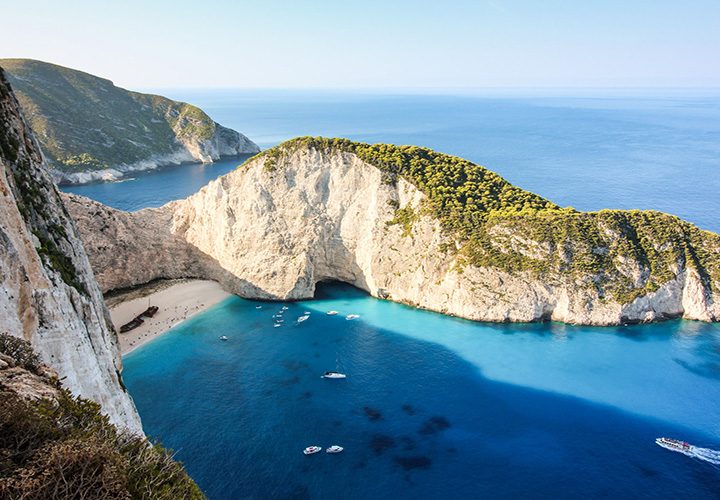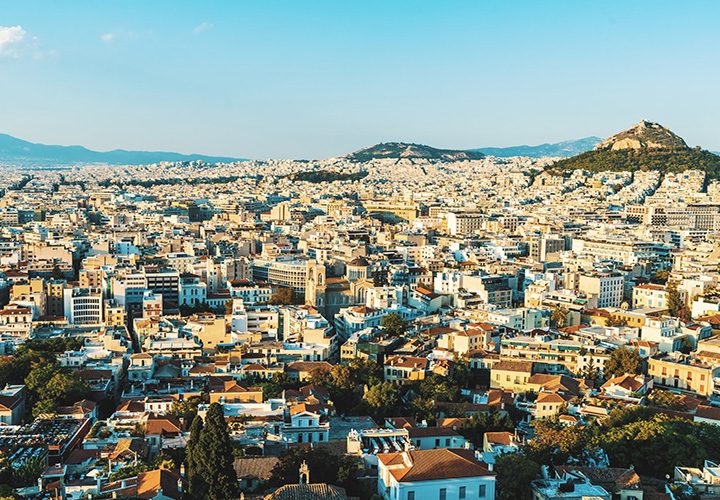Cordoba
This Spanish city is home to both Roman and Islamic architecture, allotting it four world heritage sites which is more than anywhere else in the world. Cordoba is located in southern Spain and has the hottest average high temperatures in all of Europe. It has been a site of significance and history since Neanderthals. This rich past of culture, education and of political importance can be highlighted by the fact that, in different parts of history, its population was greater than most other cities and it remains the largest municipality in Andalusia to this day.
Edificio Eurocom
29006 Malaga
Spain
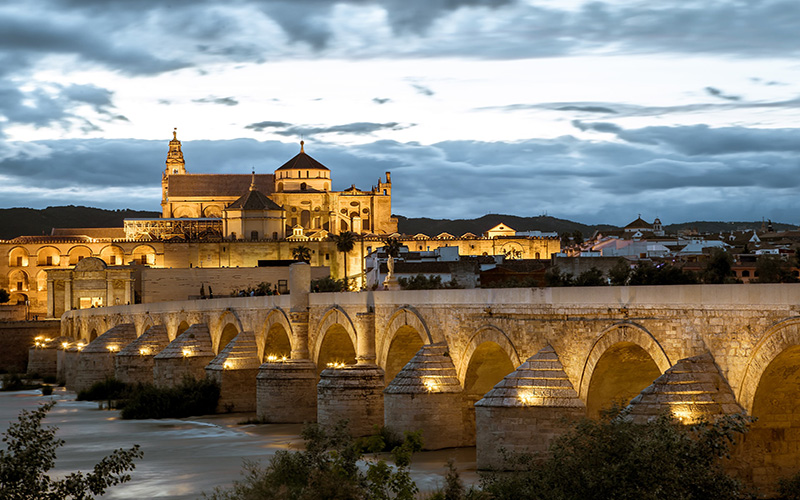
Details
Before visiting any town or city make sure you know the basics. General details and important information.
- Emergency Services: 112
- Language: Spanish
- Currency: Euro
- Country Code: ES
- Travel Visa: None required
- Population: 344,000
Risk Level
Researching various official sources, we perceive the risk to holiday makers and travellers are as follows;
Travellers Tips
Top travel advice and interesting tip bits of information from experienced travellers.
Emergencies
For the Emergency services just dial 112 from any phone.
Hospitals in Córdoba
Hospital Cruz Roja de Córdoba: 957.420.666
Hospital Provincial: 964 359 700
Hospital Quirónsalud Córdoba: 957 410 000
Tourist Offices
Tourist Information Point Plaza de las Tendillas: +34 957 471 577
Visitors Center of Cordoba (CRV): +34 902 201 774
Travelling Around
Cordoba has an airport but it is not for commercial flights, only chartered, military and emergency service. The closest commercial airport is in Seville. Cordoba does have a train station. The train station is a major stop along the high-speed AVE Madrid – Seville line and AVE Madrid – Malaga line. The city also has a regular bus service.
Airports
Sevilla International Airport: +34 954 44 90 00
Train Stations
Cordoba Central Train Station: Andalucia.com
Cordoba Safety
What should I be aware of?
Spain, in general, has a low crime rate and Cordoba is no exception.
However, as with any well-known tourist destination, there will be people trying to take advantage of travellers. Pickpockets and scammers are known to operate in and around the city, especially around the big attractions. Do not keep your wallet or phone in your back pocket. Be aware of your surroundings and don’t flash your cash. Only buy tickets from official kiosks and, if you’re unsure about how to do that, check online about the attraction before you go.
What’s a safety top tip?
Beware the heat! Cordoba has the hottest average high temperatures in all of Europe. That fact sounds nice when you’re planning your holidays but if you are not used to the heat, it can cause serious damage.
Be prepared! Use sun cream and re-apply it throughout the day. Loose fitting clothes that cover you will keep you cooler than short-shorts and a t-shirt; look at what the locals wear, they know best. Keep hydrated! (No, alcohol doesn’t count.) Have a water bottle on your person and keep refilling it.
Sun stroke can ruin your day and a hefty enough sun burn can warrant a hospital trip.
What’s the weather like?
Cordoba is a southern Spanish city and therefore will be very warm most of the time. Its Mediterranean climate (bordering on African) means that it has exceptionally hot summers with mild and windy winters. It does not rain often, primarily any major rainfall occurs between October and December.
The average summer temperature is 28 °C whilst the average winter temperature is 9.3 °C.
For the most reasonable weather, visit in late spring or early autumn.
Dress and plan accordingly.
Local Traditions
Every culture has its customs and traditions, they have been handed down the generations and are always held in high regards by the local residents.
Annual Ceremonies
Las Cruces de Mayo (The May Crosses of Córdoba)
This festival takes place in the beginning of May. Over the course of three to four days, large crosses are placed around the city and decorated with flowers. A contest is held to choose the most beautifully decorated one. Alongside the showcasing and competition, there is regional food and music across the city.
Los Patios de Córdoba (The Courtyards Festival of Córdoba)
This festival is celebrated during the second and third week of May. Houses in the historic centre open up their private patios to the public and enter into a competition. Both the architectural design and value alongside the decorations (typically with floral arrangements) are taken into consideration to choose the winners. This is a very popular festival and, as such, an expensive time to be a tourist when it comes to accommodation.
La Feria de Córdoba (The Fair of Córdoba)
This festival takes place at the end of May, marks the feast of Our Lady of la Salud (Health). in el Arenal a fairground is set up and filled with casetas (individual enclosures belonging to each association) which create different streets throughout the fairground. All the casetas are public, in contrast to the Sevilla Fair who’s tents are ran by local businesses.
Annual Events
Annual events allow a city come together for some amazing experiences. If visiting at this time, make sure you have your accommodation booked and are always aware of your surroundings when travelling around.
Cordoba Events
Cabalcor, the Cordoba Horse Fair
Held in the Royal Stables, this festival grows every year as its prestige increases. More than one hundred horses arrive, from places such as Madrid, Toledo, Seville, to represent the best livestock in the country. People come from all over the world to view the horses, the equestrian performances and also visit the exhibitions. The large exhibition area is filled with traditional trades of the city: equestrian centres, jewellery, fashion, art and painting. This festival really shows the range of the city.
One of the cultural highlights of the city over the summer period, this festival celebrates all things guitar related. To encourage participation of all levels, courses in guitar making, ancient guitar, classical guitar, flamenco guitar or guitar styles old and new are made available to the public, as well as courses in musical composition for the guitar, flamenco dance and flamenco singing. Then countless historical venues host concerts and shows on the evenings to showcase the range of genres and talent in Cordoba. Along with these performances there are also a large number of films, exhibitions and conferences with the guitar as the main subject.
FLORA International Flower Festival
Discover the captivating, delicate art of contemporary floral installations throughout the city’s courtyards. This festival allows international floral artists access to well-known buildings round Córdoba to create a fascinating mixture of memories, art, culture and heritage through floral decoration. Some courtyards showcase traditional examples of the art and are sponsored by the city council. The rest are opened up for artists to experiment with and create a light-hearted dialogue between tradition and innovation.
Cordoba Highlights
What are some low-effort days out?
Zoológico De Córdoba (Córdoba Zoo)
You cant go wrong with a zoo, right? You’ve got your classics, like lions and giraffes, but then there will be exhibits that surprise you, like the adorable pygmy hippo! With lemurs, parrots and leopard geckos, there’s a big range to come and see. You can even meet some local residents, like the Iberian wolf and the Iberian grizzly bear- don’t worry though, you unlikely to meet them on your travels outside of the zoo!
Jardin Botanico de Cordoba (Botanical Gardens)
This extensive 10-hectare garden features a huge range of areas to explore. The conservatory houses endangered woodland species, protecting as well as showcasing their uniqueness. The hothouse contains over 100 plant species, from the Canary Islands, the Andalucian mountains and the Balearic islands. It is divided into three main climate areas: moist, desert and an area that encourages more diverse growth of palms and ferns. There are also two museums: the Museum of Palaeobotany (ancient and fossilised plants) and the Museum of Ethnobotany (mankind’s use of plants). It may even take you more than a day to see everything.
What should I eat?
Tapas is a well-known and much loved Spanish dining experience. Who doesn’t like to taste a little bit of everything on offer? Cordoba offers Tapas tours in which you take a guided walk around they city, stopping off at various restaurants to sample their food. Along the way, your guide will show you some of the famous sites and share their expert knowledge about the history, culture and food of the local area. Even without all those great reasons, a culinary walking tour is the best way to do it as it helps with your digestion! Get ready to try an array of excellent food in some unique locations.
What should I see?
Given that Cordoba has more World Heritage sites than both Paris and Rome, you should probably visit something historical.
The Historic Centre of Cordoba is a living expression of the different cultures that have existed there and reflects thousands of years of occupation by different groups (Roman, Visigoth, Islam, Judaism and Christian) through its architecture and the mixture of traditions that remain part of the city. Within the centre is the Mezquita de Cordoba (The Great Mosque/Cathedral). Built to be a mosque and then converted to be a cathedral, this is a uniquely artistic, historically important and culturally significant building. Even more so, due to its size and the sheer boldness of the height of its ceilings. It contains an irreplaceable testimony of the Caliphate of Cordoba and has the second largest surface area of any mosque, after the Holy Mosque in Mecca. The areas of importance stretch further to the banks of the River GuadaIquivir, which include the Roman bridge and the Calahorra tower. The banks of the river and the surrounding areas, which were the site of the extensive trading economy of the city, is also a historical ensemble of extraordinary value. Close by is The Alcázar, also known as The Fortress, which is more of a palace. Home to various rulers, this incredible piece of history is as beautiful as it is significant with its Moorish bathhouse, water features and lush gardens.


